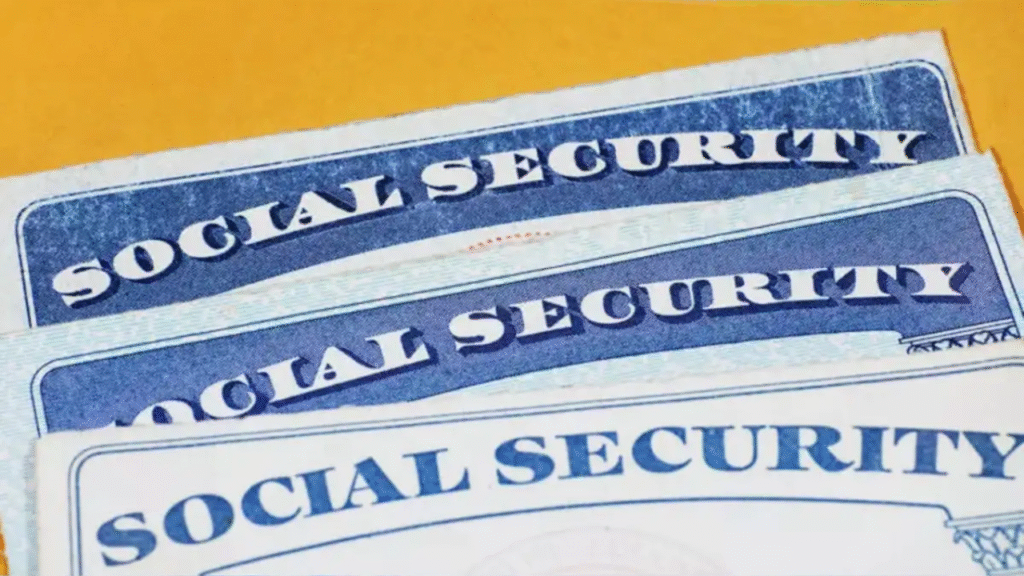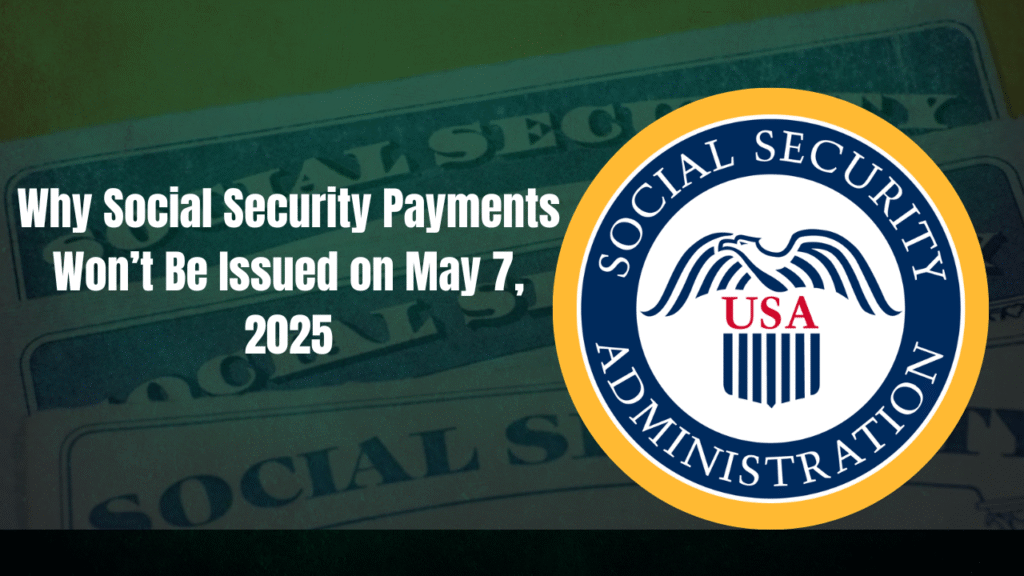Millions of Americans depend on Social Security benefits for their monthly income. From retirees and people with disabilities to survivors and dependents, these payments are a vital lifeline. So, when a date like May 7, 2025, comes and goes without a payment, many beneficiaries understandably take notice. But this absence is not an error or a delay—it’s simply part of the Social Security Administration’s (SSA) standard payment schedule.
Here’s a clear explanation of why no payment is coming on that date and what you can expect instead.
Understanding the Social Security Payment Schedule
The SSA does not issue all Social Security checks on the same day each month. Instead, payment dates depend on a few key factors—primarily when a beneficiary started receiving benefits and their birth date.
For May 2025, the payment schedule is as follows:
- May 1, 2025 (Thursday): Supplemental Security Income (SSI) for May
- May 2, 2025 (Friday): Social Security benefits for people who began receiving them before May 1997
- May 14, 2025 (Wednesday): For those born between the 1st and 10th of any month
- May 21, 2025 (Wednesday): For those born between the 11th and 20th
- May 28, 2025 (Wednesday): For those born between the 21st and 31st
- May 30, 2025 (Friday): SSI payment for June (issued early because June 1 falls on a Sunday)
Since May 7 is the first Wednesday of the month, no payments are scheduled for that day. Regular Social Security benefits are only issued on the second, third, or fourth Wednesday of each month.
This schedule helps the SSA manage the flow of payments and ensures that different groups of beneficiaries receive their deposits at staggered times throughout the month.
No Payments Scheduled from May 5 to May 12
Some beneficiaries may be surprised to learn that there will be no regular Social Security payments issued between May 5 and May 12. This isn’t cause for concern. It simply reflects the gap between SSI and early beneficiary payments at the start of the month and the resumption of regular birth-date-based payments on May 14.
If you don’t receive a payment during this period, it likely means your payment is scheduled for a later date in the month, depending on your birth date.

Suspended or Missing Payments: Other Possible Reasons
While the lack of payment on May 7 is standard, some individuals may still face payment interruptions due to personal circumstances. The SSA may suspend or delay benefits for several reasons, including:
- Earning income above the allowable limits (especially for early retirees)
- Failing to report changes in marital status, living arrangements, or income
- Spending extended time outside the United States
- Failing to respond to SSA requests for updated information
- Banking or direct deposit issues
If your payment is missing and none of these conditions apply, it’s a good idea to contact the SSA directly.
What You Can Do
If you’re unsure when your next Social Security payment is scheduled, or if you think your payment is late, there are a few steps you can take:
- Check the SSA Payment Schedule
The Social Security Administration publishes a yearly calendar showing exactly when payments are issued based on your birth date and benefit type. You can view the latest calendar on the SSA website: www.ssa.gov/pubs/calendar.htm - Create or Log In to Your SSA Account
A personal “my Social Security” account allows you to check your payment dates, update direct deposit information, and manage other details of your benefits. Visit www.ssa.gov/myaccount to get started.
If your payment hasn’t arrived within three business days of the expected date, it’s important to call the Social Security Administration at 1-800-772-1213 or visit your local SSA office.
Why the SSA Uses a Staggered Payment System
The staggered payment schedule has been in place since the late 1990s. It was implemented to improve efficiency, reduce fraud risk, and ease the burden on financial institutions processing millions of payments. By spacing out payments throughout the month, the SSA can also better manage call volumes and customer service demands.
While some months might have longer gaps between payments than others, this is a normal part of the system and not an indication of a problem.
Final Thoughts
No Social Security payment will be issued on May 7, 2025—but that’s by design, not a mistake. Understanding the SSA’s payment schedule can help reduce confusion and prevent unnecessary concern. If you’re ever in doubt about when to expect your payment, rely on official sources and reach out to the SSA for clarification.

